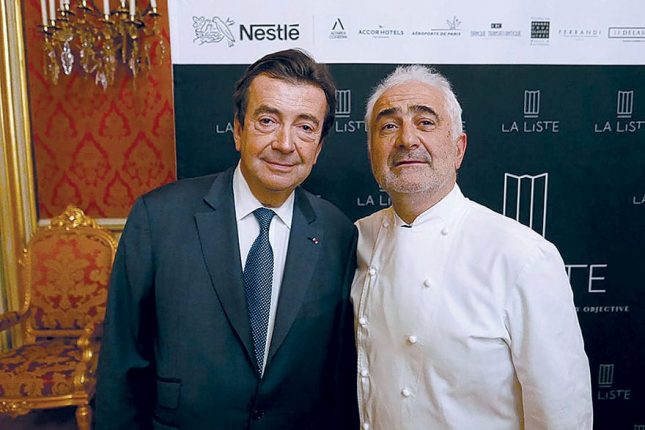First published by Michelin tyre-company founders Édouard and André Michelin, the Michelin Guide was originally published in 1900 as a strategy to stimulate business in France by promoting destinations for people to drive to and therefore need new tyres more frequently.
The purpose of the guide was to act as a companion for drivers and included not only information on restaurants, but also hotels, maps, car maintenance instructions etc.
Over the course of the following 11 years, a total of 12 other guides were published for various countries, until the outbreak of WWI led to the suspending of the guide. It was reinstated after the war and remained free until 1920 when the brothers decided to begin charging approximately $2 per copy, so as to improve the quality of the guide and create a change in mindset so that their users would come to value the guide.
It was at around this time that they also recognised the great potential of the restaurant section, and began employing reviewers who anonymously reviewed restaurants everywhere.

The final piece in the creation of the guide as we know it today – the star rating system – was introduced in 1926, but at the time it only awarded one star. Later, in 1936, it expanded to the rating system of three stars, two stars, one star or no stars, as it remains to this day.
Over a century since its creation, the guide today acts as a beacon and manifesto for many gourmands eager to explore the delectable corners of the planet. Seen as an authority on high-quality dining, it remains an ambassador of France’s gastronomic history and global standards for what is true dining delight.
La Liste – The Ultimate Restaurant Ranking System
Possibly the most comprehensive restaurant rating system, La Liste, was founded in 2015 by former French Ambassador Philippe Faure, who previously served as ambassador of France in Morocco, Mexico and Japan, as well as Head of the Tourism Board of France. It received support not only from private sector sponsors like Air France, Renault and American Express, but is also sanctioned by the French Ministry of Foreign Affairs.

La Liste is a fairly new list of top-rated restaurants, having been established by the Ministry of Foreign Affairs in response to the British ‘World’s 50 Best Restaurants’ guide, which was founded by media company William Reed Business Media.
Perhaps the most fascinating part of La Liste is its methodology – given that it has one of the most elaborate and all-inclusive methods for determining a restaurant’s rating. Utilising a combination of ratings from over 600 guidebooks and sources, all of which are rated by several thousand chefs in order to determine the contribution of their review, known as the Trustworthiness Index (rating each guide from 0-10). The reviews from these sources are then combined with customer reviews, which are given a 10% contribution to the final score. All of these review scores are standardised into a grading of 0-100. An average is taken from all of these combined scores and results in the rating of the restaurant on La Liste.
This attention to detail has earned La Liste a reputation as the most objective restaurant ranking system and, despite being relatively